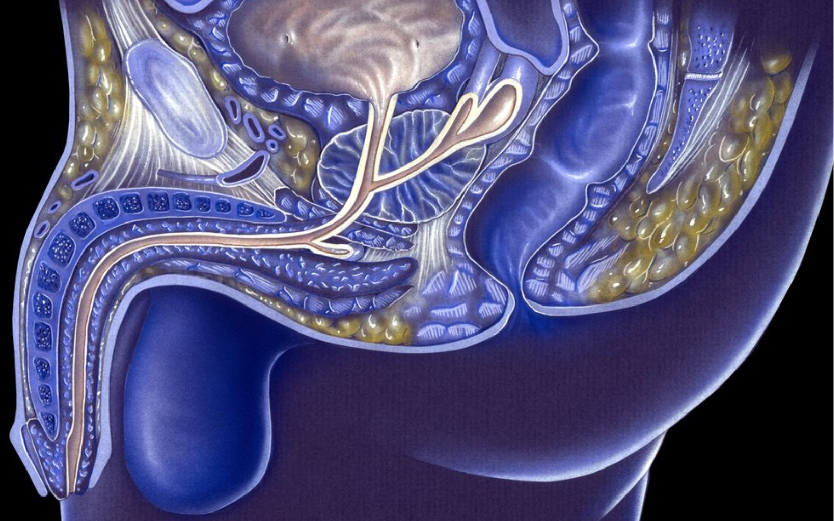Focal Ultrasound Prostate Ablation Shows Promising Results with Fewer Side Effects
BY PATRICIA INACIO, PHD
A procedure that eliminates only the diseased part of the prostate in prostate cancer patients has shown promising results while causing fewer side effects, including incontinence and impotence, compared to traditional surgery and radiation therapy. The approach is known as high-intensity focal ultrasound (HIFU).
Findings from the first U.S. group study of focal therapy were presented during the Southeastern Section of the American Urological Association in a poster titled, “Functional and Oncologic Outcomes of High Intensity Focused Ultrasound (HIFU) for Focal Treatment of Prostate Cancer: A single Institution Experience.”
The study, conducted at the University of Miami’s Miller School of Medicine, enrolled 50 prostate cancer patients
with a median age of 68, who underwent partial ablation of the prostate gland using EDAP TMS‘ HIFU system, called Ablatherm Robotic HIFU. Because the process only ablates the diseased part of the prostate, healthy tissue is preserved, minimizing side effects.
Following the procedure, patients had prostate-specific antigen (PSA) tests every three months, and magnetic resonance imaging–fusion biopsy at six or 12 months, depending on whether they were high- or low-to-intermediate-risk patients, respectively.
Median PSA levels before treatment were 5.5 ng/mL. Three months after HIFU, however, most patients’ levels (83%) had dropped to below 2 ng/mL. Among the 18 patients who underwent a followup biopsy, 15 (83%) were negative for the presence of cancer tissue in the ablated area.
The International Prostate Symptom Scores, which assess urinary symptoms and quality of life, increased in several patients, but went back to baseline scores after 3-6 months in 78 percent of patients.
Also, 85 percent of patients maintained erectile function, while 15 percent referred to de novo erectile dysfunction at 12 months.
Overall, these results suggest that HIFU ablation of the prostate leads to short-term benefits in prostate cancer patients. However, “longer follow-up and re-biopsy data are needed before reaching further conclusions regarding oncological efficacy,” researchers wrote.
“These men showed significantly fewer side effects, such as urinary incontinence and erectile dysfunction, compared to traditional whole-gland treatment like surgery and radiation,” Bruno Nahar, MD, the study’s lead author, said in a press release.
“Most importantly, focal HIFU ablation of the prostate showed promising oncological short-term outcomes, even in clinically-significant prostate cancer,” he added.
“These results are very encouraging and in line with EDAP’s long-term strategy of partnering with top US academic institutions to collect clinical data in support of the safety and efficacy of HIFU as a prostate ablation tool, as well as to help patients maintain a high quality of life,” said Marc Oczachowski, chief executive officer of EDAP TMS, a global leader in therapeutic ultrasound. The results come at a time in which several institutions in the U.S. are launching the first HIFU patient registry.
“We are seeing great momentum in favor of HIFU. These positive clinical findings were presented on the heels of other great news. Over the last month, renowned medical institutions, including the University of Miami, Weil Cornell-Houston Methodist Hospital, Duke University, and the University of Southern California joined forces to launch the first US-based HIFU patient registry to collect high quality clinical data on hundreds of patients,” Oczachowski said.




